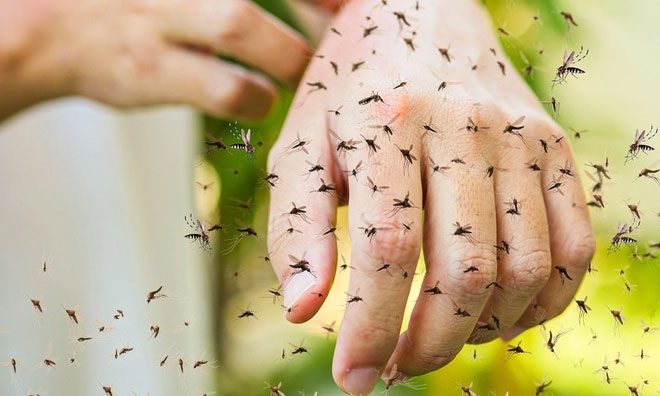Mosquitoes are becoming more active not only due to rising temperatures associated with global warming but largely due to light pollution.
Scientists indicate that artificial light in cities extends the activity period of these creatures and prevents them from entering a dormant phase similar to hibernation.
As a result, mosquitoes bite humans year-round in both Europe and America.
This issue has been validated by a study conducted by scientists at Ohio University (USA) and published in the journal Insects.

Mosquitoes bite humans year-round due to light pollution. (Illustrative image).
Negative Impacts on Humans and Biodiversity
According to the research, artificial light disrupts the biological rhythms of mosquitoes.
This biological process occurs in cycles of approximately 24 hours.
Disruption of these rhythms can lead to exhaustion and death, resulting in dual consequences that negatively affect biodiversity and humans.
Specifically, mosquitoes are active from summer into winter, but many of them die during the winter.
This can also lead to a collapse in mosquito populations, resulting in a food shortage for animals that prey on them in the spring.
Light Pollution is Becoming a Public Health Issue
The study primarily focused on specific mosquito species such as Culex pipiens (a blood-feeding mosquito in the Culicidae family), which can transmit the West Nile virus (a type of arbovirus that can cause neurological damage) to humans.
During winter, this mosquito species enters a hibernation phase, typically in places such as basements, storage rooms, or wells.
When exposed to city lights, mosquitoes will interrupt their hibernation and re-enter the breeding phase.
The females then require blood to develop their eggs, leading them to bite us.
With the findings of this research, light pollution has emerged as a public health concern; the more active mosquitoes are, the more they bite humans, increasing the risk of virus transmission.
After conducting laboratory tests, the research team plans to confirm these results in natural environments.


















































